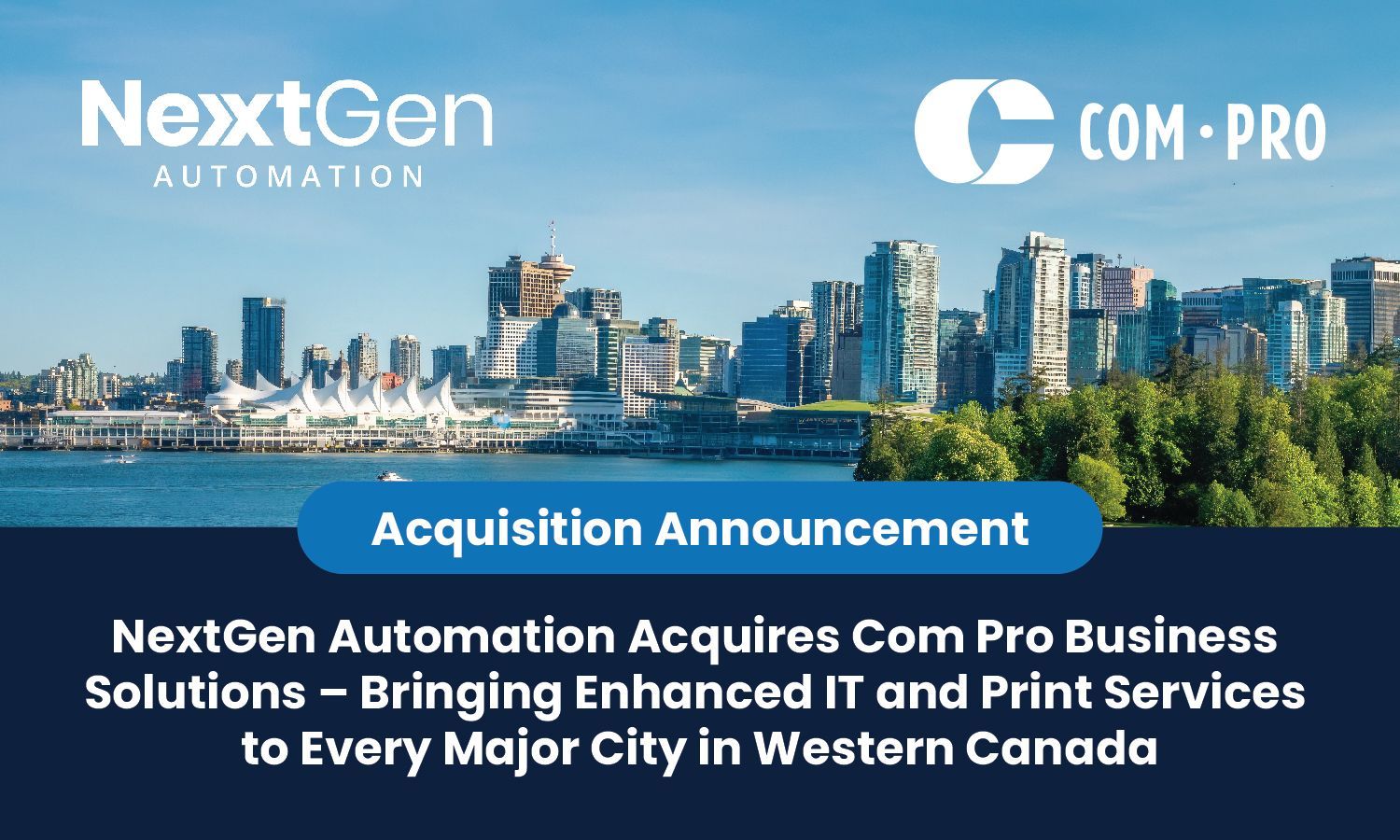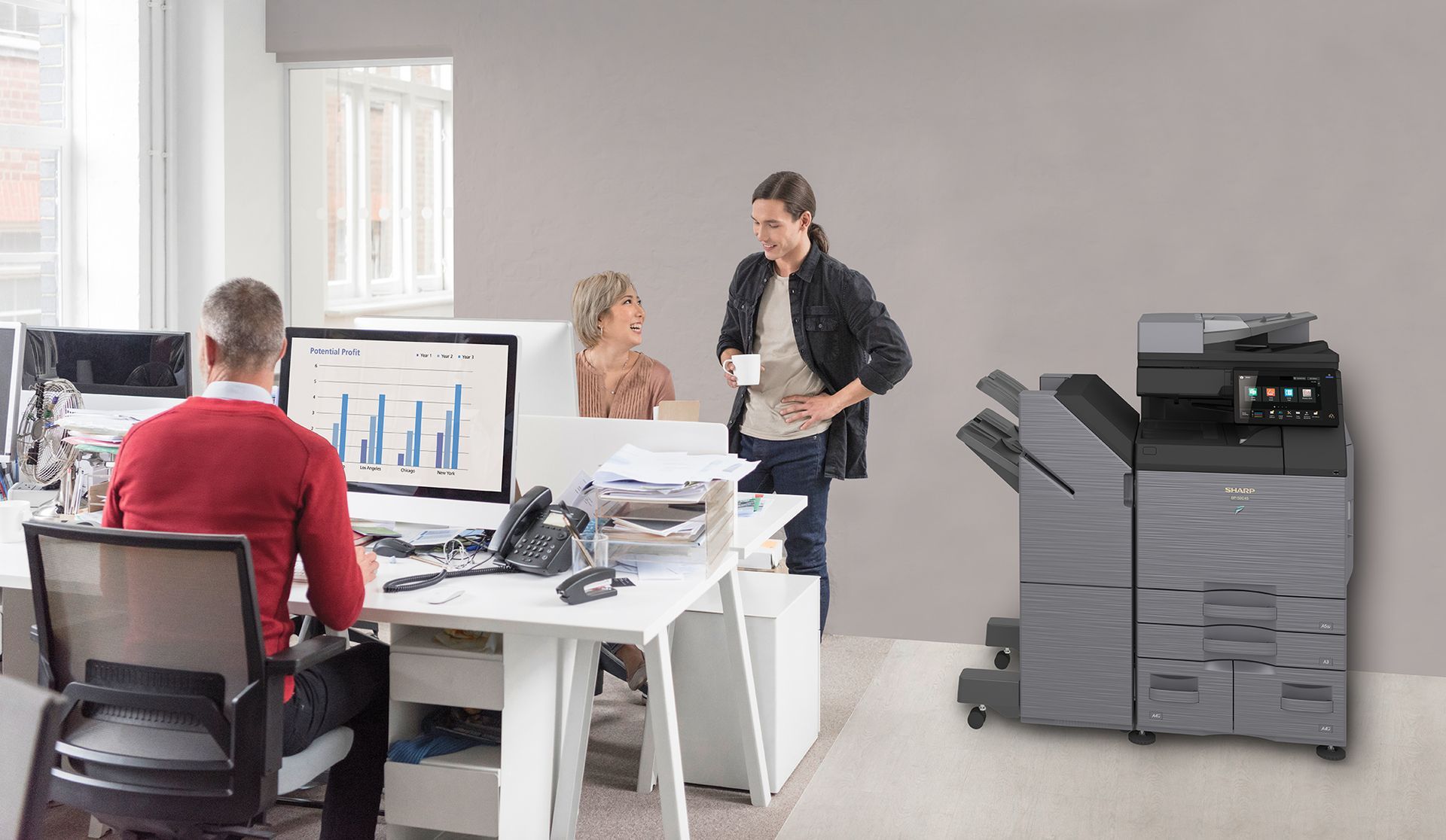Understanding the Difference Between Inkjet and Laser Printers: Which One Should You Choose?
When it comes to selecting a printer, understanding the differences between inkjet and laser printers is crucial. Both printer types have their own strengths and are suited for different purposes. In this blog post, we will provide an in-depth comparison between inkjet and laser printers, highlighting their key differences in terms of print quality, speed, cost per page, and suitable applications. By the end, you will have a clearer understanding of which printer type is best suited to your needs.
InkJet Printers VS Laser Printers
Print Quality:
One of the primary considerations when choosing a printer is print quality. Inkjet printers are known for their exceptional color reproduction and ability to produce vibrant, detailed images. They use liquid ink that is sprayed onto the paper, resulting in smooth gradients and accurate color representation. On the other hand, laser printers excel in producing sharp, crisp text and graphics. They use toner, a dry powder, which is fused onto the paper using heat. Laser printers are particularly well-suited for printing text-heavy documents and business graphics.
Speed:
When it comes to speed, laser printers have the advantage. They are designed for high-volume printing and can produce multiple pages per minute, making them ideal for busy office environments. Laser printers are known for their fast printing speeds, especially when it comes to black and white documents. On the other hand, inkjet printers tend to be slower, especially when printing high-resolution images or color documents. However, inkjet technology has been advancing, and some newer models offer faster printing speeds.
Cost per Page:
Understanding the cost per page is essential for managing printing expenses. Laser printers are generally more cost-effective when it comes to printing large volumes of black and white documents. The cost per page is lower because toner cartridges have a higher page yield compared to inkjet cartridges. However, when it comes to color printing or printing lower volumes, inkjet printers can be more economical. Inkjet cartridges are typically cheaper than laser toner cartridges, and many inkjet printers offer individual color cartridges, allowing you to replace only the colors that run out.
Suitable Applications:
The choice between inkjet and laser printers often depends on the intended use. Inkjet printers are versatile and well-suited for printing photos, high-quality graphics, and creative projects. They are popular among home users, photographers, and graphic designers who require accurate color reproduction. Inkjet printers are also suitable for occasional printing needs. On the other hand, laser printers are the go-to choice for businesses that require fast, high-volume printing of text-based documents, such as reports, contracts, and forms. They are also suitable for offices that require networked printers for multiple users.
Benefits of InkJet Printers:
- High-Quality Prints: Inkjet printers produce exceptional print quality, especially when it comes to vibrant colors, smooth gradients, and detailed images. They are ideal for printing photos, graphics, and creative projects.
- Versatility: Inkjet printers offer versatility in terms of media handling. They can print on various types of paper, including glossy, matte, and specialty papers. This flexibility allows for creative exploration and customization.
- Affordable Initial Cost: Inkjet printers tend to have a lower upfront cost compared to laser printers. They are often more accessible to individuals and small businesses with budget constraints.
- Compact Size: Inkjet printers are generally more compact and lightweight, making them suitable for home or small office environments where space is limited. They can fit comfortably on a desk or shelf.
- Quieter Operation: Inkjet printers operate quietly compared to laser printers. This feature is particularly advantageous in environments where noise levels need to be kept low, such as home offices or shared workspaces.
- Energy Efficiency: Inkjet printers consume less energy during operation compared to laser printers. They are designed to be energy-efficient and have various power-saving modes, contributing to reduced energy consumption and lower utility costs.
- Individual Ink Cartridges: Many inkjet printers offer individual color cartridges, allowing you to replace only the specific color that runs out. This helps to minimize ink wastage and reduces overall printing costs.
- Quick Start-Up: Inkjet printers have a quick start-up time, which means you can start printing almost instantly. This feature is beneficial for those who require on-demand printing or have occasional printing needs.
- Wireless Connectivity: Most modern inkjet printers come with wireless connectivity options, enabling easy printing from smartphones, tablets, and computers. This wireless capability enhances convenience and flexibility in printing.
- Eco-Friendly Options: Inkjet printers often have eco-friendly features such as duplex printing (printing on both sides of the paper), automatic shut-off, and energy-saving modes. These features contribute to a greener printing experience and reduced environmental impact.
Benefits of Laser Printers:
- High-Speed Printing: Laser printers are known for their fast printing speeds, especially when it comes to black and white documents. They can produce multiple pages per minute, making them ideal for high-volume printing in busy office environments.
- Sharp Text and Graphics: Laser printers excel in producing sharp, crisp text and graphics. They are designed to handle text-based documents with precision, resulting in professional-looking prints suitable for business materials like reports, contracts, and forms.
- Consistent Print Quality: Laser printers maintain consistent print quality throughout the life of the toner cartridge. Unlike inkjet printers, laser printers do not experience issues such as clogged nozzles or fading ink. This reliability ensures consistent results even with long print runs.
- Lower Cost per Page for Black and White Printing: Laser printers offer cost-effective black and white printing, especially when compared to inkjet printers. The cost per page is generally lower because toner cartridges have a higher page yield and can handle large volumes of printing.
- High Paper Handling Capacity: Laser printers typically have larger paper trays and higher paper handling capacities compared to inkjet printers. They can accommodate a variety of paper sizes, including legal and letter-sized documents, and some models offer optional additional paper trays for increased capacity.
- Long-Term Cost Efficiency: While laser printers may have a higher upfront cost compared to inkjet printers, they often provide long-term cost efficiency. The higher page yield of toner cartridges and lower cost per page for black and white printing contribute to overall cost savings in high-volume printing scenarios.
- Durability and Reliability: Laser printers are built to handle heavy-duty printing demands and are known for their durability and reliability. They are designed for continuous use, making them suitable for office environments where a high volume of printing is required.
- Network Printing Capabilities: Laser printers are commonly used in networked office environments, where multiple users can connect and print from a single printer. They often have built-in networking features like Ethernet connectivity, making them easily accessible to everyone on the network.
- Toner Efficiency: Laser printer toner has a longer shelf life compared to inkjet printer ink. Toner cartridges can be stored for longer periods without drying out, reducing the need for frequent replacements and minimizing waste.
- Lower Maintenance: Laser printers typically require less maintenance compared to inkjet printers. They have fewer consumables to replace, and since they use toner instead of liquid ink, there is no risk of ink spills or smudging during routine maintenance.
Inkjet and laser printers have distinct characteristics that make them suitable for different printing needs. Inkjet printers excel in producing high-quality images and offer versatility for creative projects, while laser printers prioritize speed and are ideal for high-volume text printing. Consider your specific requirements, such as print quality, speed, cost per page, and intended applications, when choosing between the two types. By understanding the differences outlined in this blog post, you can make an informed decision and select the printer type that best suits your needs.
Industry News


For over 26 years we have provided leading edge print and IT services for offices in Western Canada.
For over 20 years we have provided leading edge products and solutions for offices in Western Canada.


